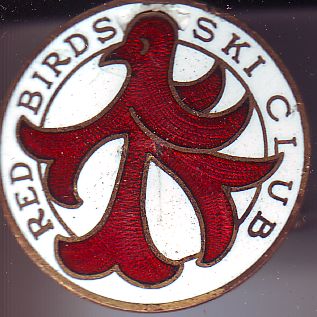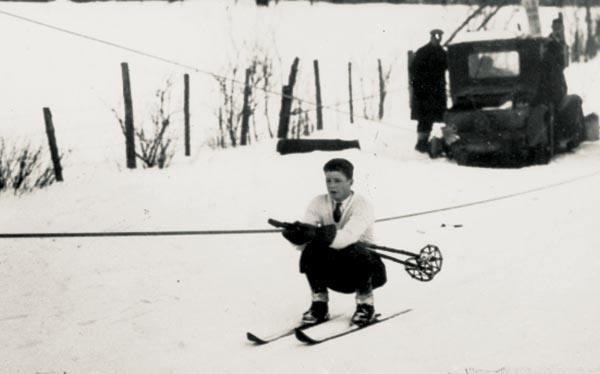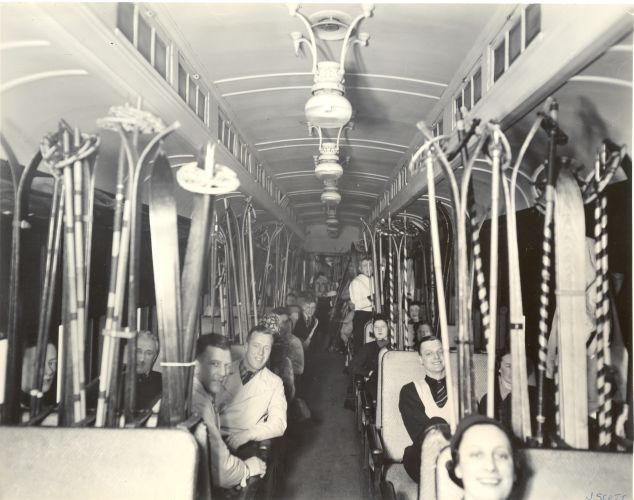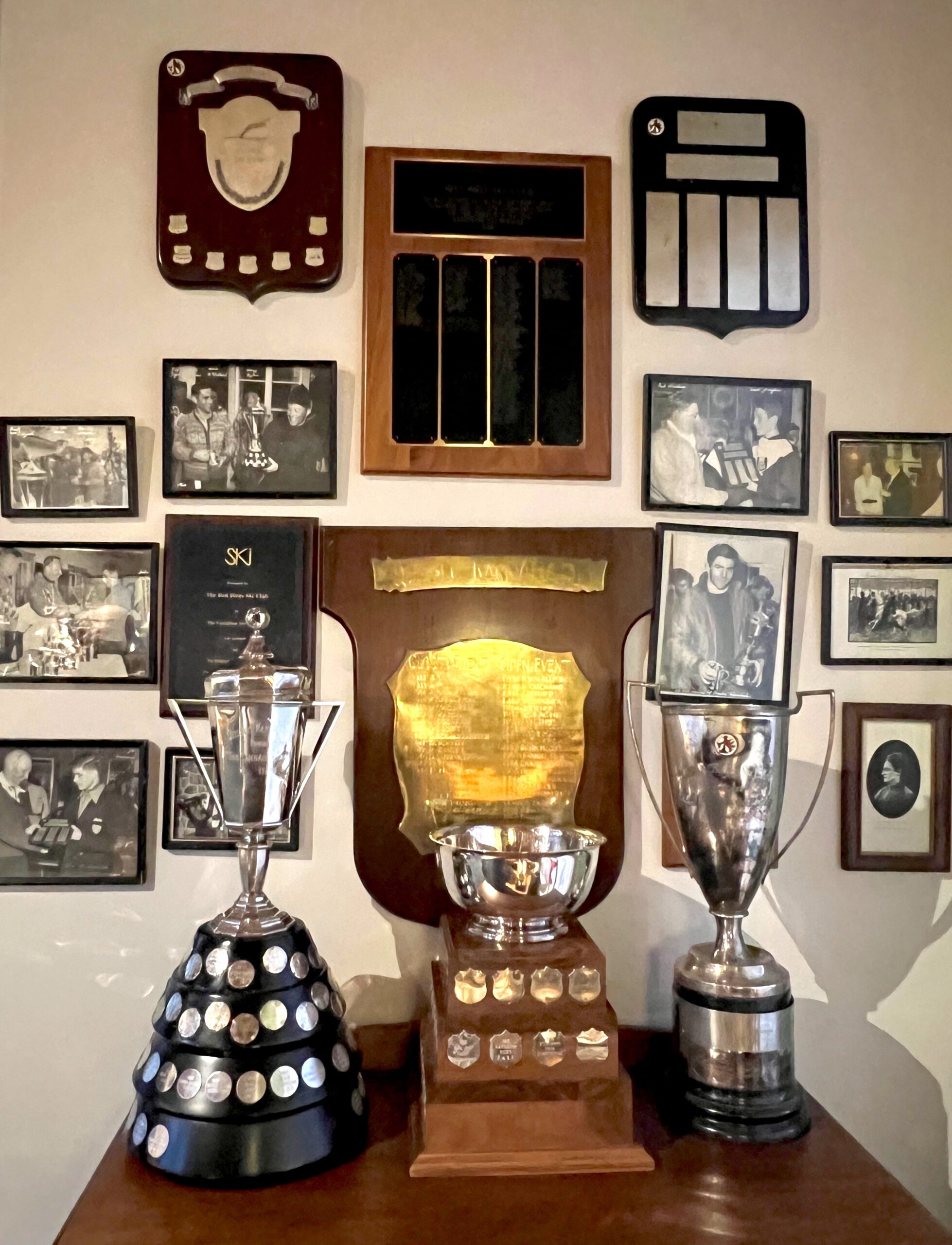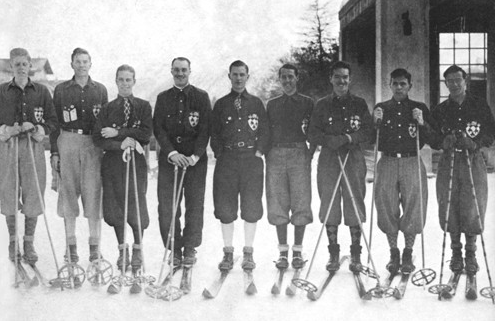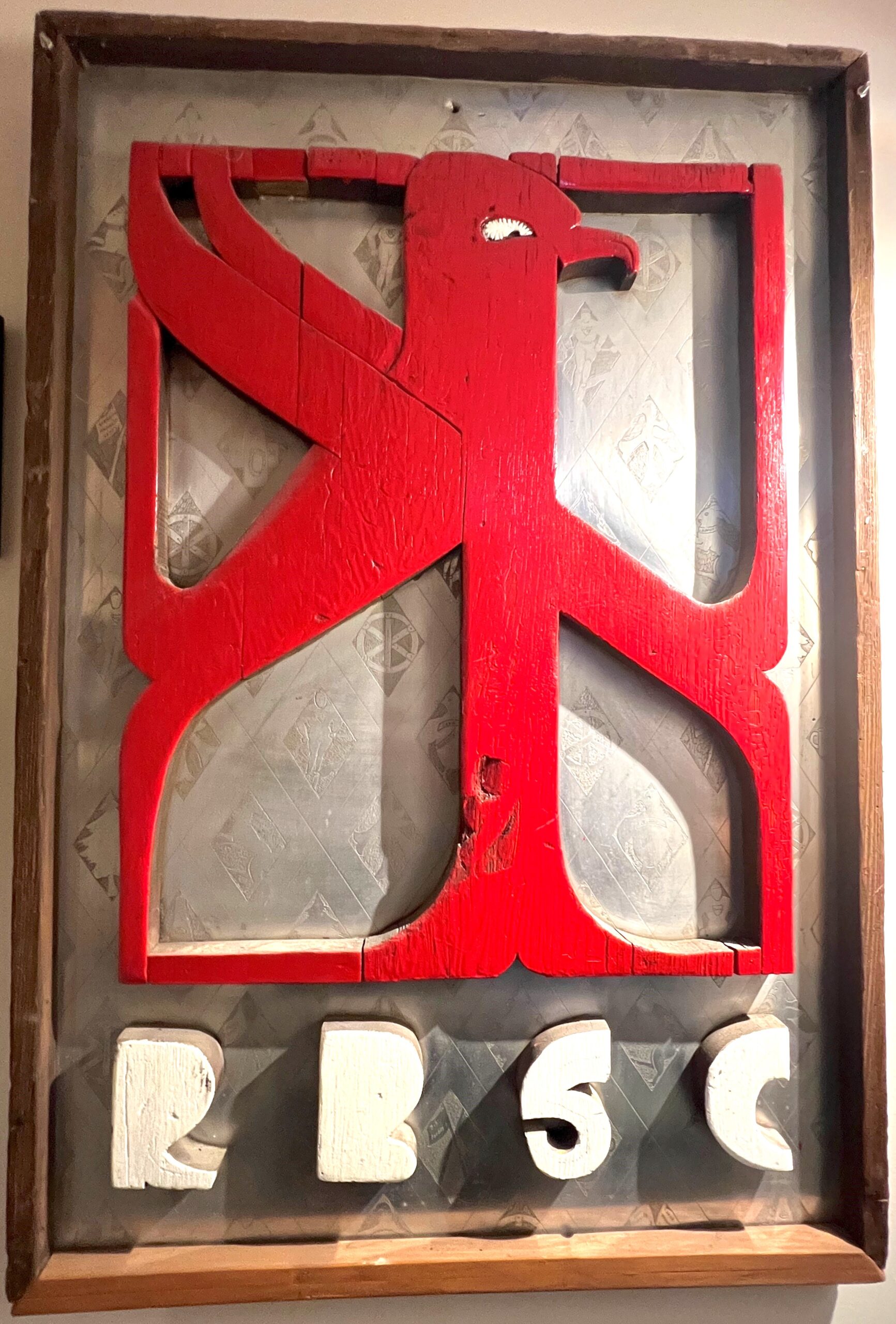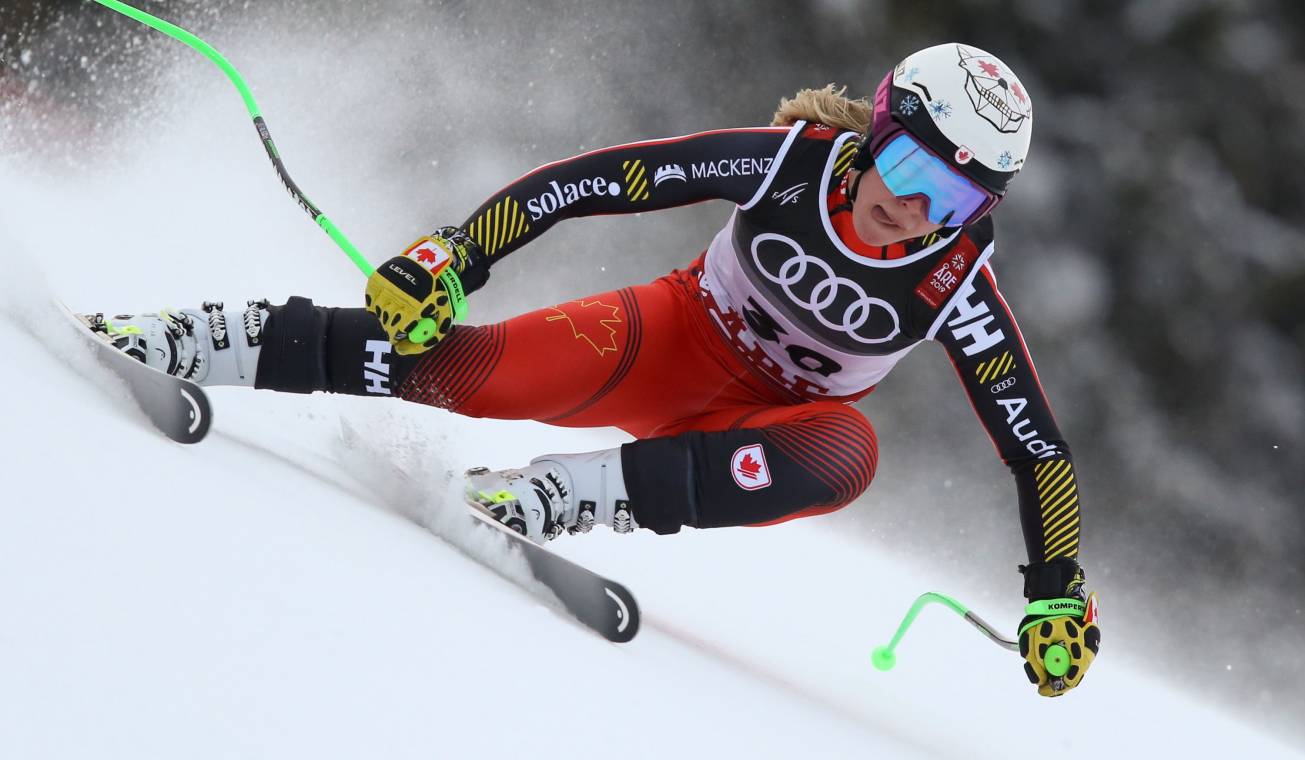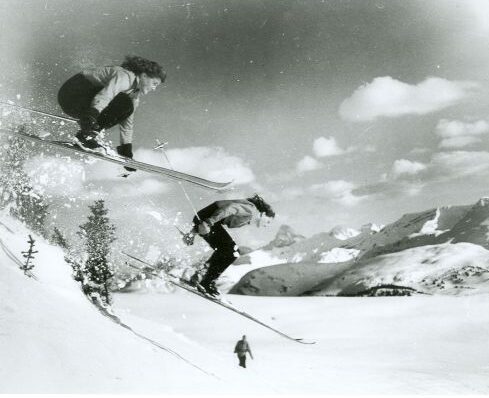The history of Canadian skiing is full of pioneers and visionaries, movers and shakers, heroes and stars. But few can compare to the members of the Red Birds Ski Club. Founded almost 100 years ago by a trio of McGill students who became friends while skiing and racing together, the Red Birds club has influenced, directed or otherwise shaped almost every facet of Canadian skiing and, in particular, ski racing. These are but a few of their stories.
Story by Dave Fonda, for the Canadian Ski Hall of Fame and Museum.

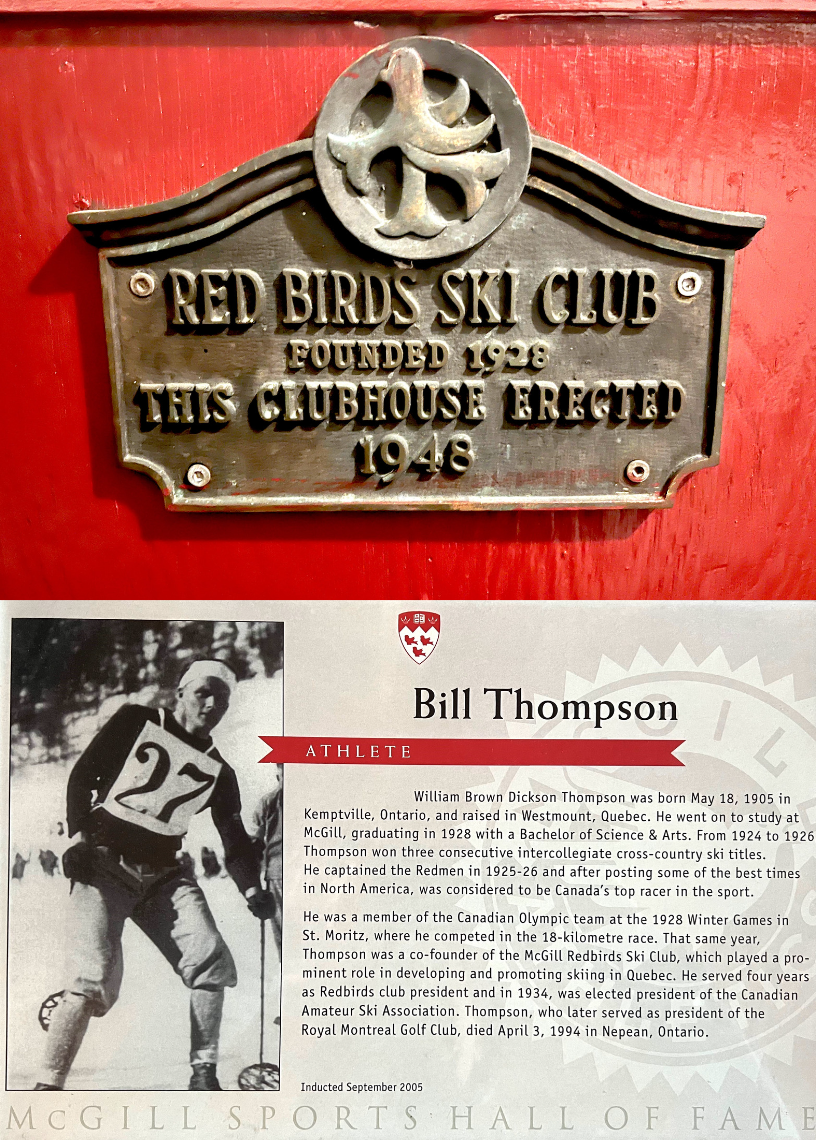
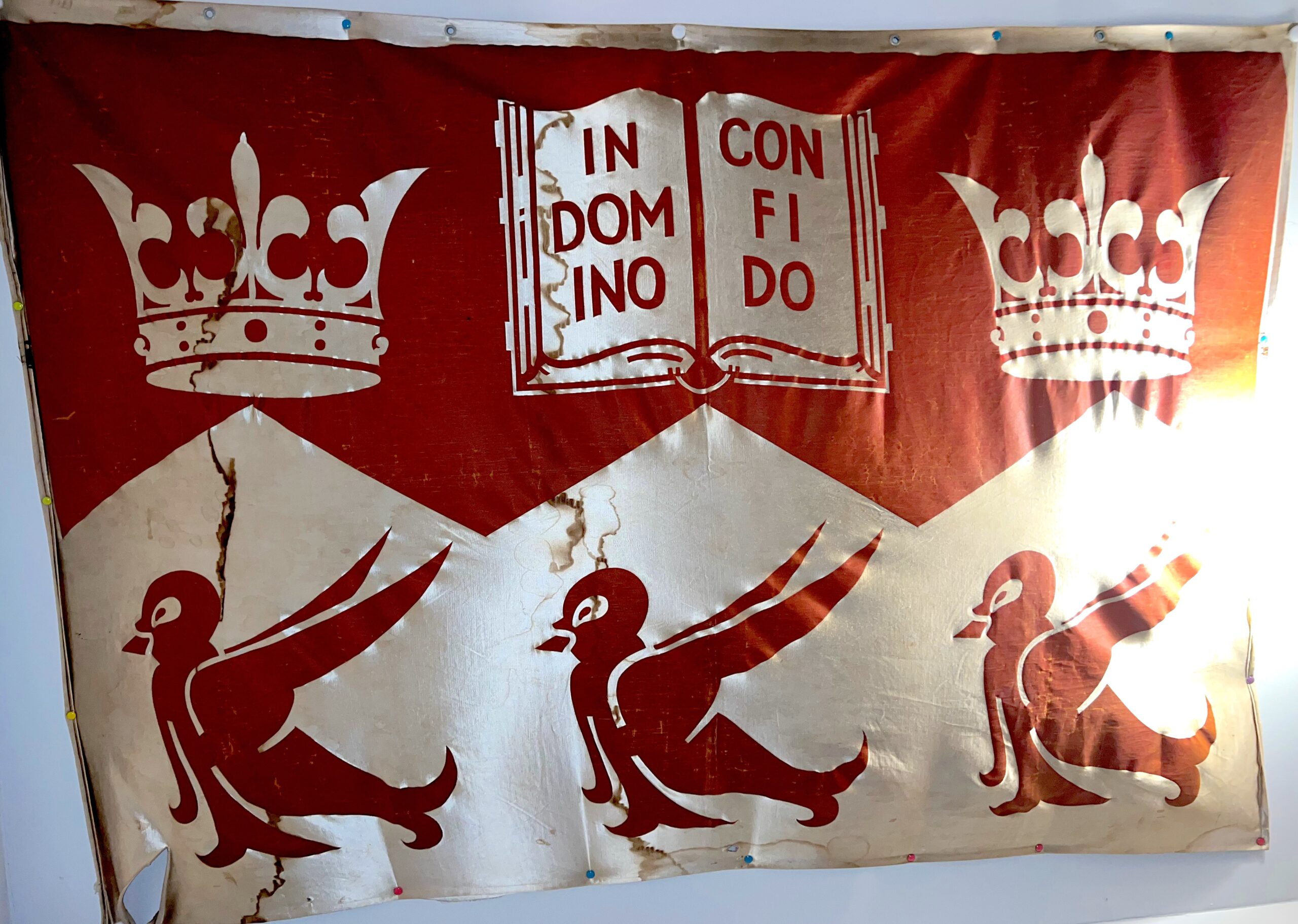
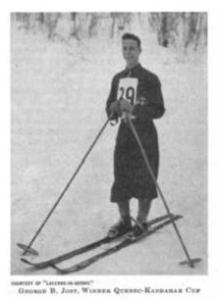
![[L to R]: Harry Pangman, Neil S., Jackrabbit Johannsen, Sterling Maxwell at Mont Tremblant, QC, on April 14, 1930](https://skimuseum.ca/app/uploads/2020/09/sm_2001-17-23_Pangman_Jackrabbit.jpg)
